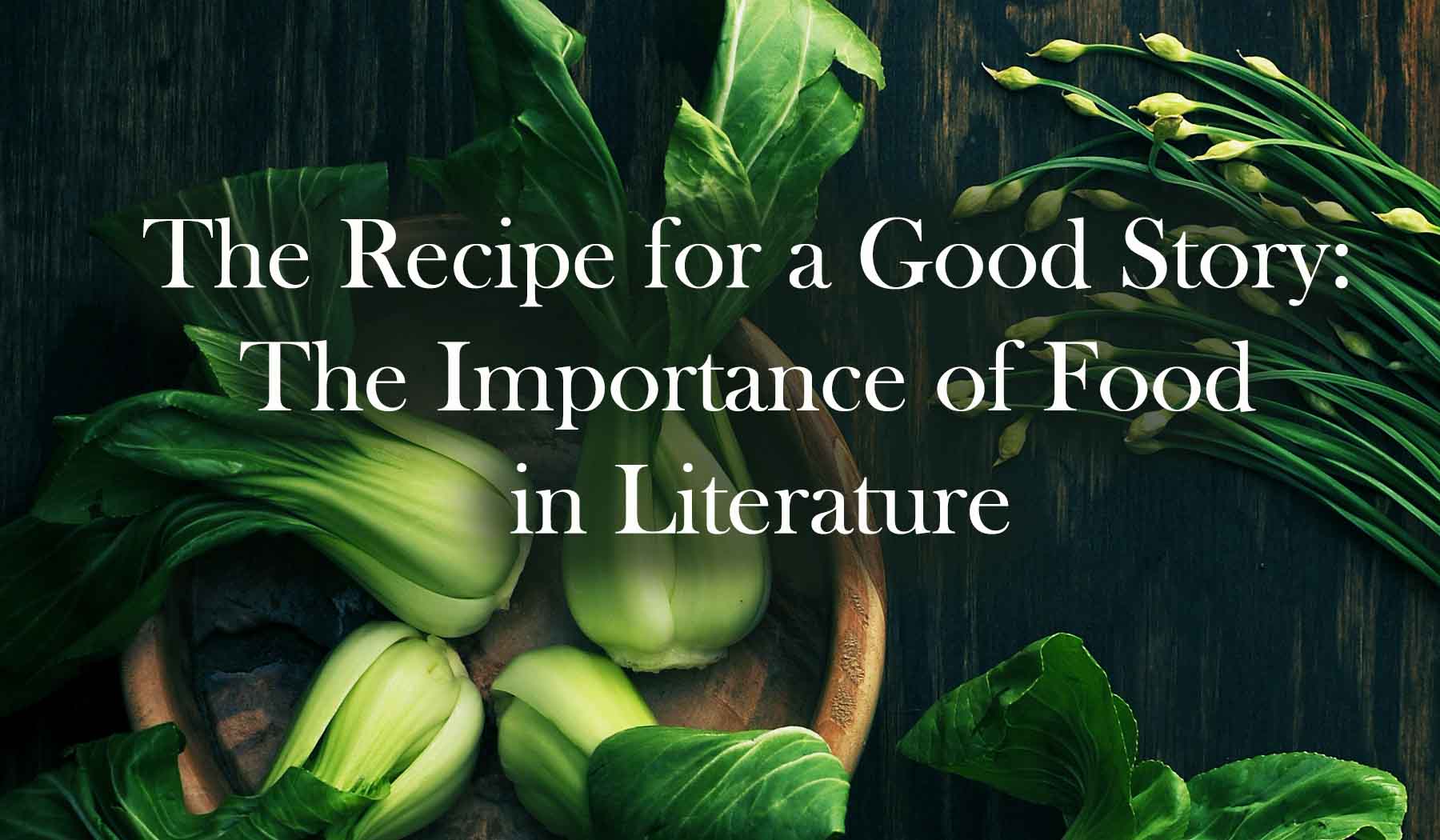Food has always played an important role in literature, be it as a symbol of wealth, love, comfort, or even death.
From Shakespeare’s feasts in “A Midsummer Night’s Dream” to Jane Austen’s elegant tea parties in “Pride and Prejudice“, food has always been a central theme in literature.
Let’s take a closer look at the connection between food and literature and why it’s so important.
Food as a Symbol of Wealth and Status
One of the most common uses of food in literature is to symbolize wealth and status.
From medieval feasts in “The Canterbury Tales” to the opulent dinners in “The Great Gatsby“, food has been used as a way to show the wealth and power of characters.
In “The Great Gatsby”, for example, Gatsby’s extravagant parties were meant to show his wealth and status, and to attract the attention of Daisy, the object of his affection.
Food as a Symbol of Love
Food is also often used as a symbol of love and affection in literature.
In “Like Water for Chocolate”, for example, Tita’s love for Pedro is expressed through the food she prepares for him.
The food she makes is infused with her love and emotion, and it has the power to affect those who eat it.
In “Chocolat”, Vianne uses her chocolate to bring people together and to heal the wounds of the past.
Food as a Symbol of Comfort
Food is also often used as a symbol of comfort and security.
In “To Kill a Mockingbird“, Scout finds comfort in the food her father brings her, and in “Charlotte’s Web”, Wilbur finds comfort in the slops he receives from Charlotte.
Food is often used to bring comfort to characters who are going through difficult times.
Food as a Symbol of Death
Food can also be used as a symbol of death.
In “The Poisonwood Bible”, for example, food is used to symbolize the destruction of the natural world and the death of the people who live in it.
The food is often contaminated and dangerous, and it is a constant reminder of the destruction and death that surrounds the characters.
Food as a Symbol of Community
Food is also often used as a symbol of community in literature.
In “The Grapes of Wrath”, for example, the Joad family shares meals together, despite their difficult circumstances.
This is a way for them to show their love and support for each other and to keep their sense of community intact.
In “Bless Me, Ultima”, Antonio’s mother prepares meals for the family, and this is a way for her to show her love and care for her children.
Food is often used to bring people together and to strengthen the bonds between characters.
Food as a Symbol of Culture
Food is also used to show the cultural differences between characters in literature.
In “Midnight’s Children”, for example, the food that is prepared and eaten by the characters is a reflection of their cultural heritage.
The food is a way to show the differences between the characters, and to highlight their unique cultural traditions.
In “The Namesake”, the food that is prepared and consumed by the Ganguli family is a reflection of their Bengali heritage and is a way to connect with their cultural roots.
Food as a Symbol of Power
Food can also be used as a symbol of power in literature.
In “The Hunger Games”, for example, food is used as a way to control the population and to keep them under the thumb of the Capitol.
The Capitol has all the food, and this gives them the power to control the districts.
In “A Tale of Two Cities“, food is used as a way to show the difference between the rich and the poor.
The rich have access to all the food they want, while the poor are struggling to find enough to eat.
Food is often used as a way to show the power dynamics between characters.
Food as a Symbol of Transformation
Food can also be used as a symbol of transformation in literature.
In “Like Water for Chocolate”, for example, Tita’s love for Pedro transforms the food she prepares, and it has the power to transform those who eat it.
In “The Witch of Portobello”, Athena’s food is used to heal and transform those who eat it.
Food is often used as a way to show the transformation of characters and to highlight the power of love and emotion.
Conclusion
Food has always played an important role in literature, and it is a powerful tool for writers to convey their message and to bring their characters to life.
Whether it’s used as a symbol of wealth and status, love, comfort, or death, food has the power to connect with readers and to make a lasting impression.
So, the next time you read a book, pay close attention to the food and see how it is used to add depth and meaning to the story.










